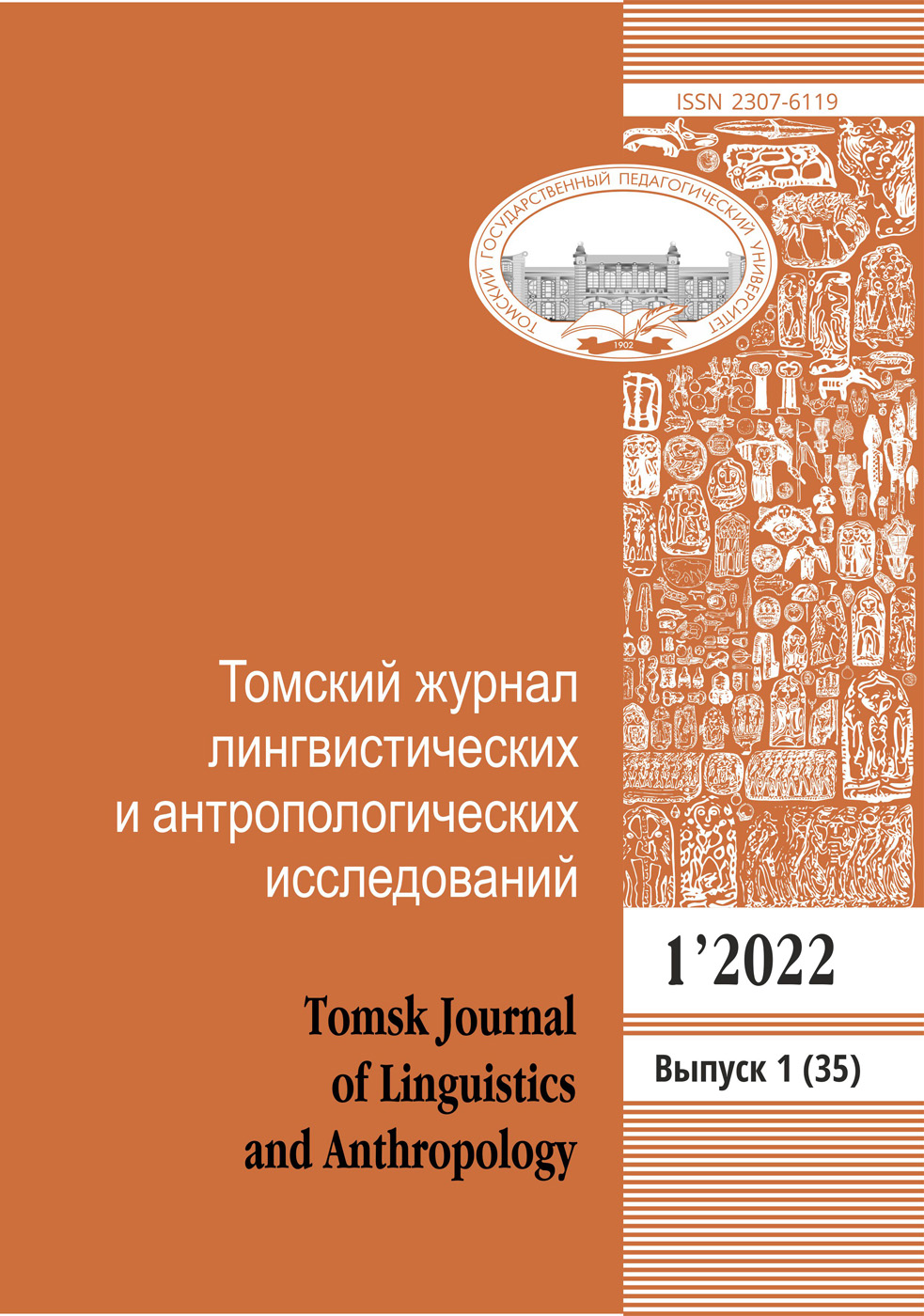INTEGRATION OF FORMAL AND INFORMAL EDUCATION: INTERACTION MODELS
The structural components of different interaction models of additional, general and higher education is considered. The author focuses on indicators which evaluate changes in the quality of education for each type of interaction models of informal and formal education.
Keywords: interaction model, education, intellectual property, formal education, informal education, quality of education
References:
1. The strategy of innovative development of the Russian Federation for the period until 2020. URL: http://minsvyaz.ru/ru/doc/?id_4=685 (Accessed: 11.12.2013) (in Russian).
2. Federal Law of 29 December 2012 № 273 FZ “On Education in the Russian Federation”. URL: http://www.rg.ru/2012/12/30/obrazovanie-dok.html (Accessed: 11.12.2013) (in Russian).
3. Interaction of universities and schools for the formation of open educational space: potential problems, control problems. Under the editorship of G.N. Prozumentovoy. Tomsk, TML-Press Publ., 2013. 304 р. (in Russian).
4. Soshenko I. I. Interdisciplinary nature of the concept “innovations”. Tomsk State Pedagogical University Bulletin, 2013, no. 13 (141), pp. 136–142. (in Russian).
5. The Civil Code of the Russian Federation. Moscow, Statut Publ., 2013, Codes from ConcultantPlus (in Russian).
6. Examination of educational innovation. Under the editorship of G. N. Prozumentovoy. Tomsk, TSU Publ., 2007. 156 p. (in Russian).
7. Pozdeyeva S. I. The humanitarian features of innovation of innovation for the teacher competence formation at primary school. Tomsk State Pedagogical University Bulletin, 2013, no. 9 (137), pp. 194–196 (in Russian).
Issue: 6, 2014
Series of issue: Issue 6
Rubric: PRESCHOOL, GENERAL AN VOCATIONAL EDUCATION
Pages: 123 — 130
Downloads: 752





